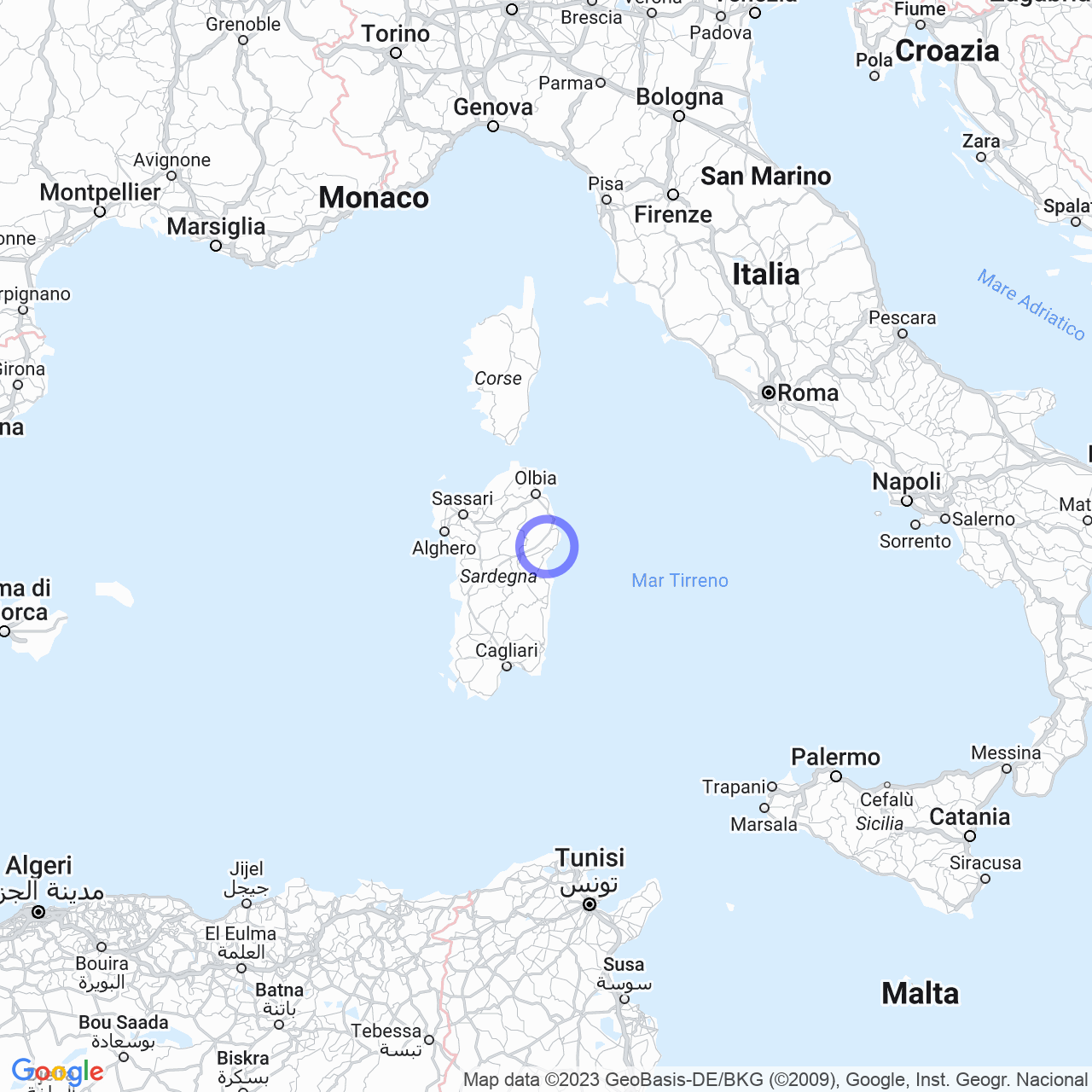Irgoli
Welcome to Irgoli, a small municipality in Sardinia
Irgoli, with its 2205 inhabitants, is a municipality located in the province of Nuoro in Sardinia, with a historical past dating back to the prenuragic, nuragic and Roman eras. Today it is a peaceful place full of interesting tourist attractions to discover. In this brief summary, we will not hesitate to tell you some of its peculiarities.
The history of the municipality of Irgoli
Irgoli has a long history, with traces of various forms of architecture and archaeology present on its land. During Roman domination, it was known as the center of "Fanum Carisi," while during the Middle Ages it was under the influence of the Giudicato of Gallura and the curatoria of Orosei. With the death of the last judge, Nino Visconti, in 1296, it fell under the direct control of the Republic of Pisa, and later was acquired by the Aragonese in 1323. Since then, Irgoli was under the power of the Barony of Orosei until its redemption in 1839 with the suppression of the feudal system. In 1927, it joined the neighboring towns of Galtellì, Loculi, and Onifai to form a single municipal entity of Irgoli - Galtellì.

The symbols of Irgoli
The symbols of Irgoli were granted in 1956 by the President of the Republic: the coat of arms depicts an eagle holding a scroll on which the name of the town is written, while the flag is a blue cloth.
Monuments and places of interest
Irgoli is famous for its masonry work, including seven churches in the town center (Santu Miali, Sant'Antioco, San Giovanni Calibita, Santa Croce, San Nicola di Bari, Santa Brigida, San Giovanni Battista) and three countryside churches (San Michele, Nostra Signora di Costantinopoli, Sant'Elena). The largest church is dedicated to San Nicola, the patron saint of Irgoli. In the center of the village, there are murals depicting scenes of rural life, fantasy compositions, or glimpses of a forgotten past.
The archaeological sites of Irgoli
With 51 archaeological sites in the municipal territory, Irgoli represents a true mine of ancient treasures. Archaeology enthusiasts can visit the Janna 'e Pruna area, Sa Conca 'e Mortu (domus de janas from the Neolithic era), Sa Tumba 'e su Zigante di Othieri, and the sacred fountain of 'Su Notante.'
The society of Irgoli
The population of Irgoli has had a specific demographic evolution, while the variant of the Sardinian language spoken in Irgoli is Logudorese## Nuorese/Baroniese. During the holidays, the community is involved through traditions and festivals.
Traditions and folklore
Irgoli celebrates several festivals throughout the year, including January 16 in honor of Antonio Abate, with a large bonfire lit in the main square of the village and the preparation of "su pistiddu," a typical Sardinian dessert. On the first weekend of May, the patronal feast of San Nicola takes place, with Cantu a chiterra on Friday night, various entertainment on Saturday, and the performance of folk groups in traditional Sardinian costumes dancing Ballo sardo on Sunday. Finally, on the first weekend of August, the feast of Antioco di Sulcis is celebrated with poetic competitions instead of Sardinian singing.
In a few words, Irgoli is a hidden treasure of Sardinia worth discovering, both for its relevant historical heritage and the characteristic folk traditions of the municipality. If you are looking for a place to spend a peaceful vacation in close contact with nature and history, Irgoli is the place for you!
